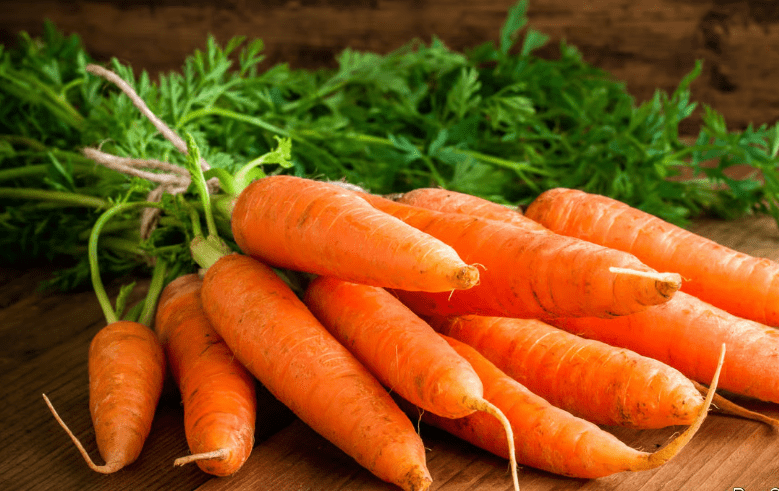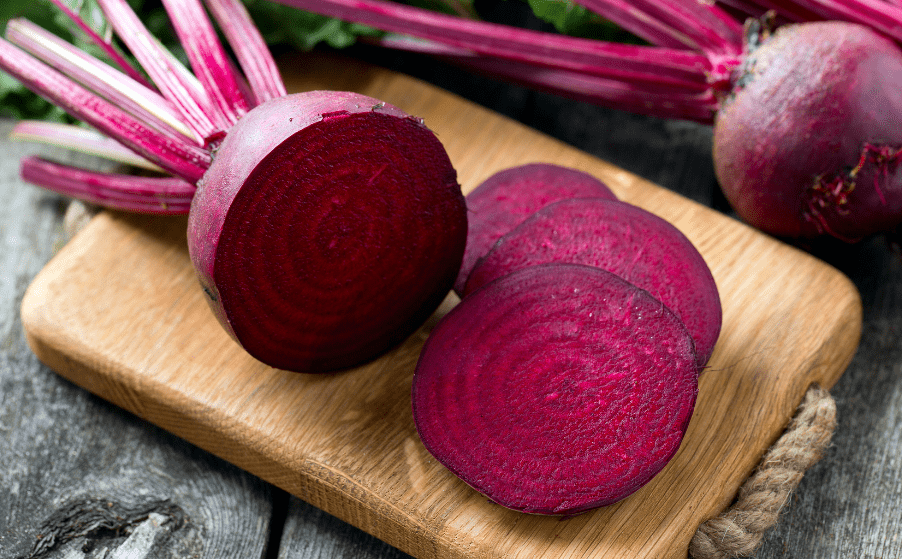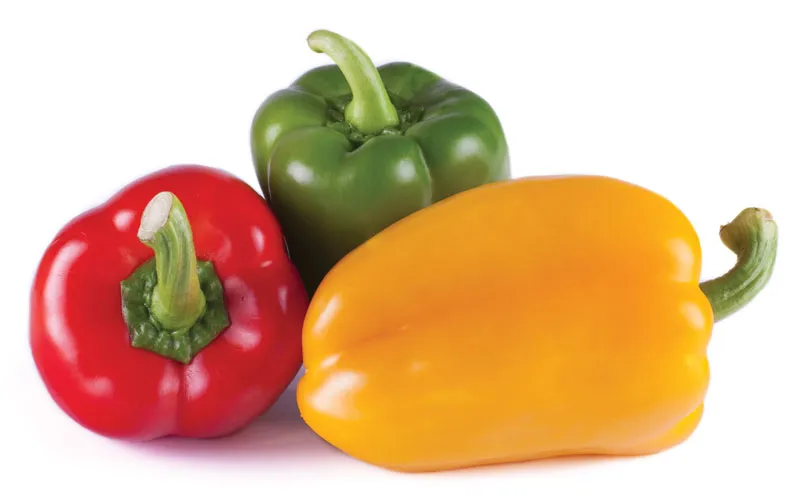
Description
Carrot is a biennial, belonging to the family Apiaceae, and is an important vegetable for its fleshy edible, colorful roots. The yellowish orange root of a carrot, which ranges in shape from long and cylindrical to short and blunt, is the portion that can be eaten. The base of the one to two foot tall plant produces compound, deeply cut leaves that have a lacy appearance.
Varieties
Carrots come in a wide range of sizes and colors, and there are countless kinds. Try some of these notable varieties:
‘Danver’s Half Long’: a sweet, early, and simple-to-grow variety
A lengthy variety called “Imperator” that maintains its flavour and crispness when stored.
A sweet three-inch baby carrot known as “Little Finger” “Paris Market” or “Thumbelina” is a plump, spherical, and bite-sized carrot.

Uses
Carrots are used in cooked stews, vegetables, and soups in addition to salads and relishes.
Nutrition
Carrots are mostly composed of water (88%), followed by 9 percent carbohydrates, 1 percent ash, 0.9 percent protein, 2.8 percent dietary fiber, and 0.2 percent fat. Carrots have fructose, glucose and sucrose as free sugars.
Cultivation
Since the plants require frigid to moderate temperatures, they cannot be grown all year long in warmer climates. They require rich, deep soil that is lightly packed. Modern machines spread the seeds sparingly in bands to give opportunity for plant development without the need for thinning. A typical tall rosette with double complex, finely divided leaves emerges above ground in the first season.
Table





